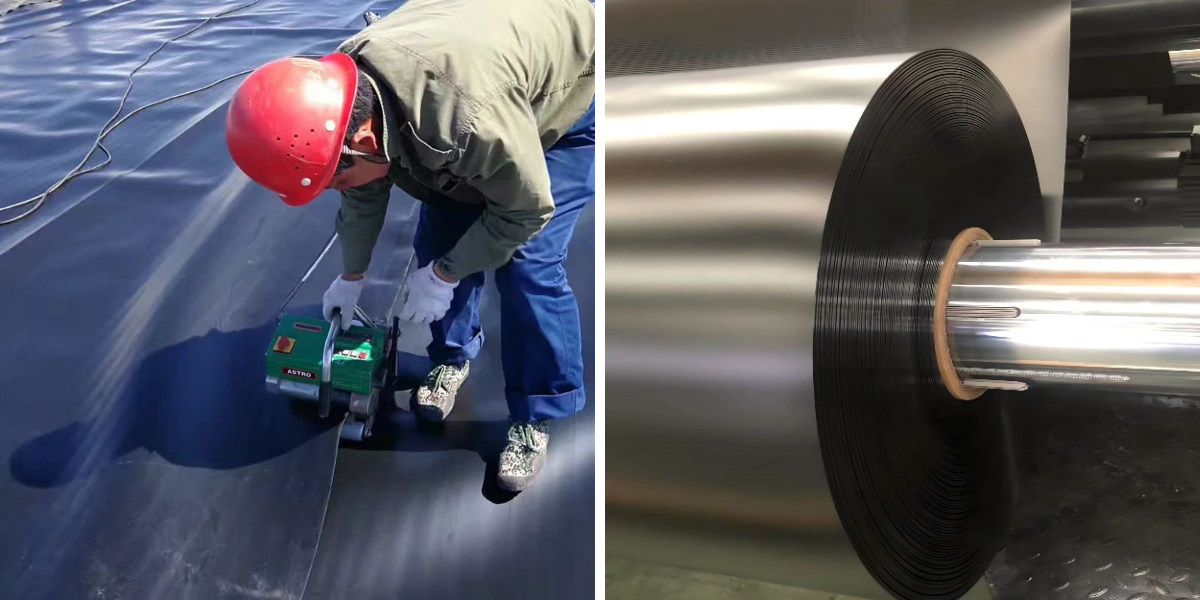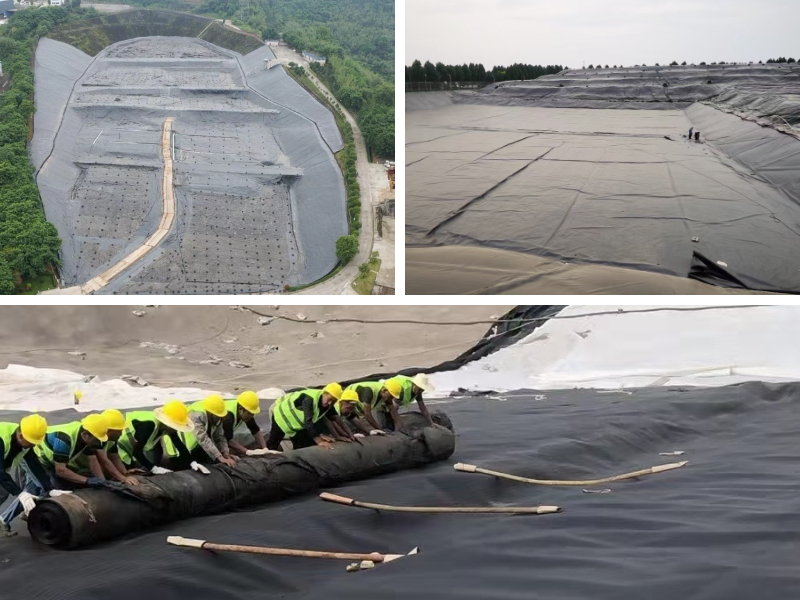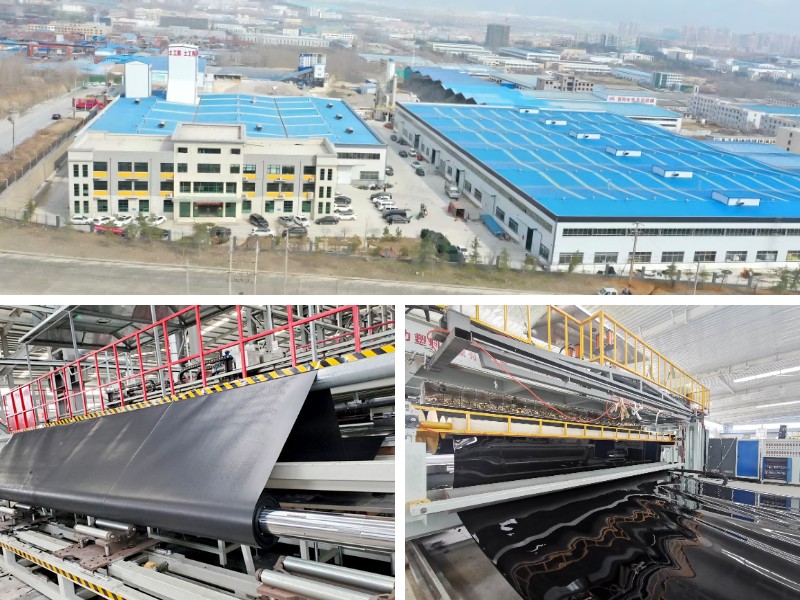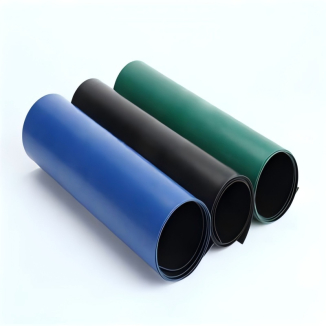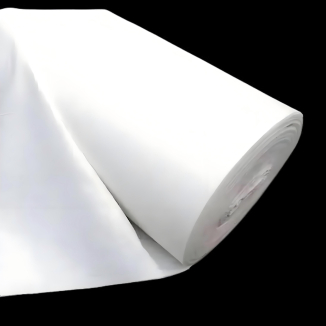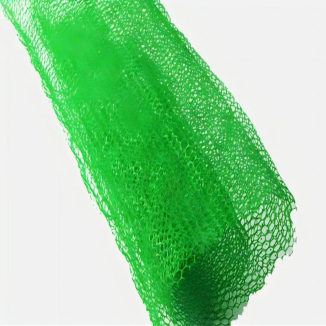A Step-by-Step Guide to Installing HDPE Liner Sheets
Installing HDPE liner sheets, particularly hdpe geomembrane liner, requires precision and cautious planning to make sure a watertight seal and long-lasting performance. Whether you’re working on a landfill, pond, or industrial containment project, following a structured procedure is key. Below is a detailed, step-by-step information to assist you reap a profitable installation, with a focal point on quintessential steps like hdpe liner welding and deciding on the proper substances such as 5mm hdpe liner.
1. Site Preparation: Creating a Stable Base
1.1 Clearing and Grading the Area
Before laying any hdpe liner, begin through clearing the web site of debris, rocks, roots, and vegetation. These can puncture the liner, compromising its integrity. Use heavy equipment to grade the area, making sure a smooth, even floor with a moderate slope for drainage—this prevents water pooling below the liner, which can purpose shifts over time.
For initiatives requiring hdpe geomembrane liner, like a wastewater containment pond, compact the soil with a curler to minimize settling. A company base is mainly integral for thicker liners such as 5mm hdpe liner, as uneven surfaces can lead to stress factors all through installation.
1.2 Adding a Protective Layer
Once the website is graded, lay a non-woven geotextile material over the soil. This acts as a cushion, defending the hdpe liner from sharp objects that would possibly now not have been eliminated for the duration of clearing. The material additionally helps with friction, stopping the liner from sliding on sloped surfaces. For massive projects, overlap cloth edges by means of 6–12 inches to make sure full coverage.
2. Liner Selection and Layout Planning
2.1 Choosing the Right Liner Thickness
Selecting the right hdpe liner thickness relies upon on the project’s needs. 5mm hdpe liner is perfect for medium-duty functions like agricultural ponds or secondary containment, presenting a stability of flexibility and durability. For heavy-duty use, such as landfills, thicker liners (8mm+) furnish superior puncture resistance.
Hdpe geomembrane liner is designed for demanding environments, so verify it meets enterprise requirements for chemical resistance and tensile energy earlier than purchase.
2.2 Measuring and Cutting the Liner
Measure the website dimensions to decide the quantity of hdpe liner needed, including 10–15% greater to account for overlaps and adjustments. Roll out the liner on a flat, easy floor close by and reduce it to measurement the usage of a sharp utility knife or specialised liner cutter. For massive projects, pre-cutting reduces on-site coping with time and minimizes errors.
When working with hdpe geomembrane liner, label every piece to make sure desirable alignment in the course of installation—this avoids confusion when laying out more than one panels.
3. Laying the HDPE Liner Sheets
3.1 Unrolling and Positioning
With the base prepared, cautiously unroll the hdpe liner throughout the site. Start from one stop and work your way to the other, making sure the liner lies flat barring wrinkles or folds. For sloped areas, unroll the liner from the pinnacle of the slope to the bottom, securing it quickly with sandbags to stop movement.
For 5mm hdpe liner, use a crew of people to cope with the rolls—its weight requires coordination to keep away from tearing. When positioning, overlap adjoining liner panels by way of 6–12 inches; this overlap is crucial for wonderful hdpe liner welding later.
3.2 Securing the Liner Edges
Anchor the liner’s perimeter the use of concrete weights, metal stakes, or trench anchors. For hdpe geomembrane liner in ponds, bury the edges in a 12-inch-deep trench alongside the shoreline, then backfill with compacted soil—this creates a impervious seal that resists uplift from water pressure.
Avoid over-tightening the liner, as this can motive stress for the duration of temperature modifications (HDPE expands and contracts with heat). Leave moderate slack to accommodate movement.
4. Welding the Liner Seams: Ensuring a Watertight Seal
4.1 Preparing for Hdpe Liner Welding
Hdpe liner welding is the most quintessential step in developing a leak-free system. Before welding, smooth the overlapping surfaces with a brush or fabric to take away dirt, moisture, and debris—even small particles can weaken the bond. Check the weather: welding have to be completed in dry prerequisites with temperatures between 50–104°F (10–40°C); wind or rain can disrupt the process.
For 5mm hdpe liner, use a wedge welder, which applies warmth and stress to soften the HDPE surfaces, fusing them together. Test the welder on scrap liner portions first to modify temperature and velocity settings—typically 300–400°F (150–200°C) and 3–5 toes per minute.
4.2 Executing the Welds
Start welding alongside the overlapped edges, shifting regularly to make sure constant warmness distribution. For hdpe geomembrane liner, make two parallel welds with a 1-inch hole between them—this creates a double seal. After welding, use a hand curler to press the seam, making sure full adhesion.
Inspect every weld with a spark tester or stress gauge to become aware of leaks. If a vulnerable spot is found, re-weld the region immediately. For massive projects, appoint licensed welders to take care of crucial seams, as mistaken welding is the main reason of liner failure.
5. Post-Installation Inspection and Maintenance
5.1 Conducting a Final Inspection
Once the hdpe liner is wholly mounted and welded, function a thorough inspection. Walk the whole floor to take a look at for punctures, tears, or unfastened seams. For hdpe geomembrane liner in water containment projects, fill the place with water regularly and reveal for leaks—drop in water stage over 24 hours may additionally point out a problem.
Use a thermal imaging digicam to scan welds for gaps, particularly in hard-to-reach areas. Address any troubles right now to stop high-priced repairs later.
5.2 Implementing Maintenance Practices
To prolong the lifestyles of your hdpe liner, establish a renovation routine. Inspect the liner quarterly for symptoms of damage, such as UV degradation (common in uncovered areas) or animal burrows. For 5mm hdpe liner used in outside ponds, trim vegetation round the edges to keep away from root intrusion.
If repairs are needed, patch small holes with hdpe liner scraps the usage of a warmness gun for fusion. For large damage, cut out the affected place and weld in a new panel—follow the identical welding technique used throughout set up to make certain a robust seal.
Conclusion
Installing hdpe liner sheets, which include hdpe geomembrane liner, is a systematic method that needs interest to detail at each and every step. From website online training to welding and inspection, every section performs a function in developing a reliable, watertight barrier. By deciding on the proper thickness (like 5mm hdpe liner for medium-duty use) and learning hdpe liner welding techniques, you can make sure your mission stands the take a look at of time. Whether for environmental protection, water storage, or industrial containment, a proper mounted HDPE liner gives long-term sturdiness and peace of mind.
Contact Us
Company Name: Shandong Chuangwei New Materials Co., LTD
Contact Person :Jaden Sylvan
Contact Number :+86 19305485668
WhatsApp:+86 19305485668
Enterprise Email: cggeosynthetics@gmail.com
Enterprise Address: Entrepreneurship Park, Dayue District, Tai 'an City,
Shandong Province



